1996 Ferrari F50 GT One of three Classic Driver Magazine
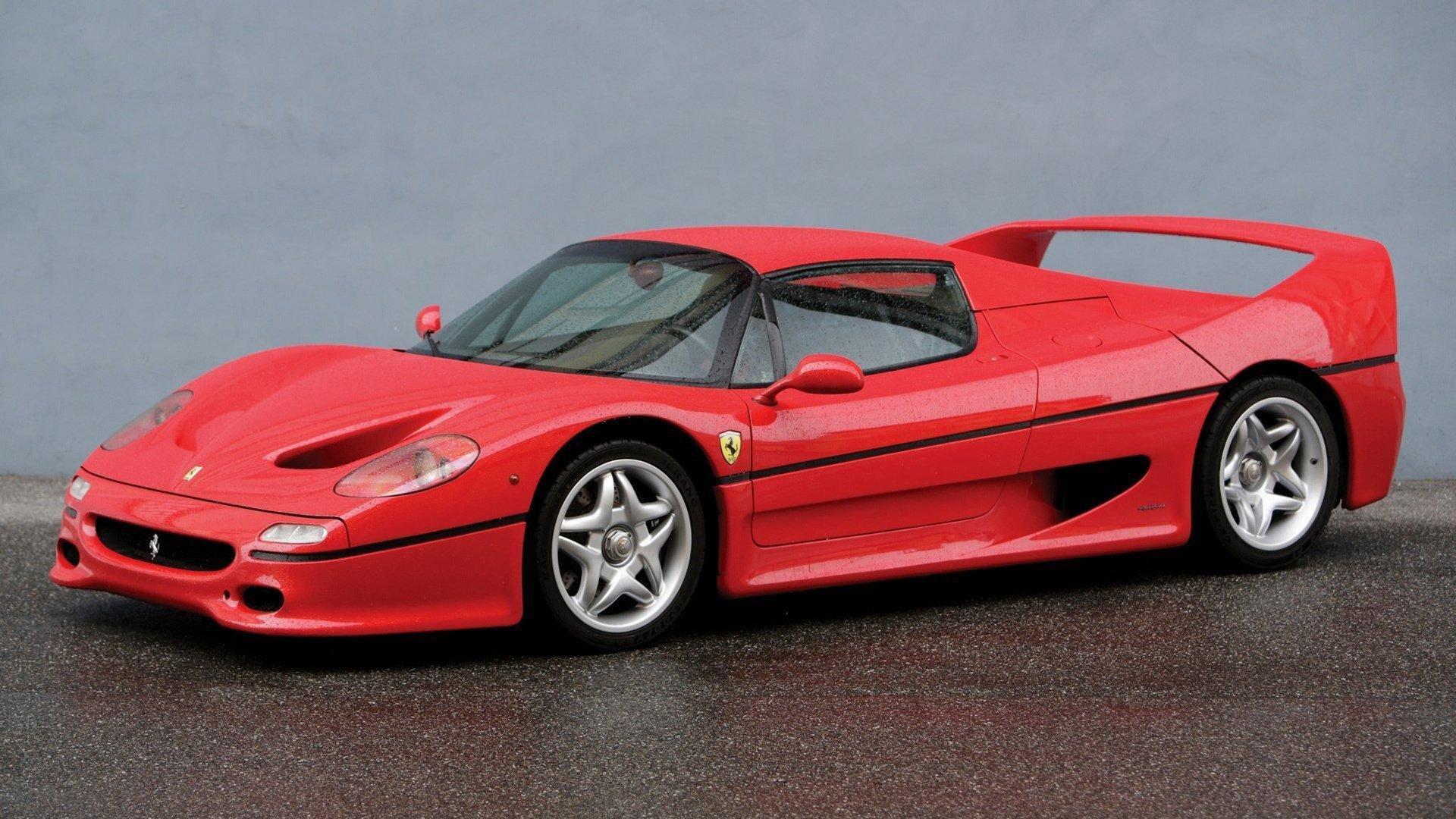
Ferrari F50 Gt Wallpaper
The Ferrari F50 GT might just be the greatest car to never race. After a 20-year absence from sports car racing, Ferrari marked its return with the 333 SP racer. Built in partnership with Dallara and Michelotto, this car ran in the prototype class of the IMSA GT Championship and, later in life, the FIA Sportscar Championship, ultimately taking 69 pole positions and 56 wins across all.

Was The Ferrari F50 GT The Greatest Car To Never Race? Motorious
Save Time & Money On The Exact Ferrari F50 Workshop Manual You Need For Your Project. eManual Online Provides Descriptive Manuals with Diagrams & Pictures for Your DIY Project
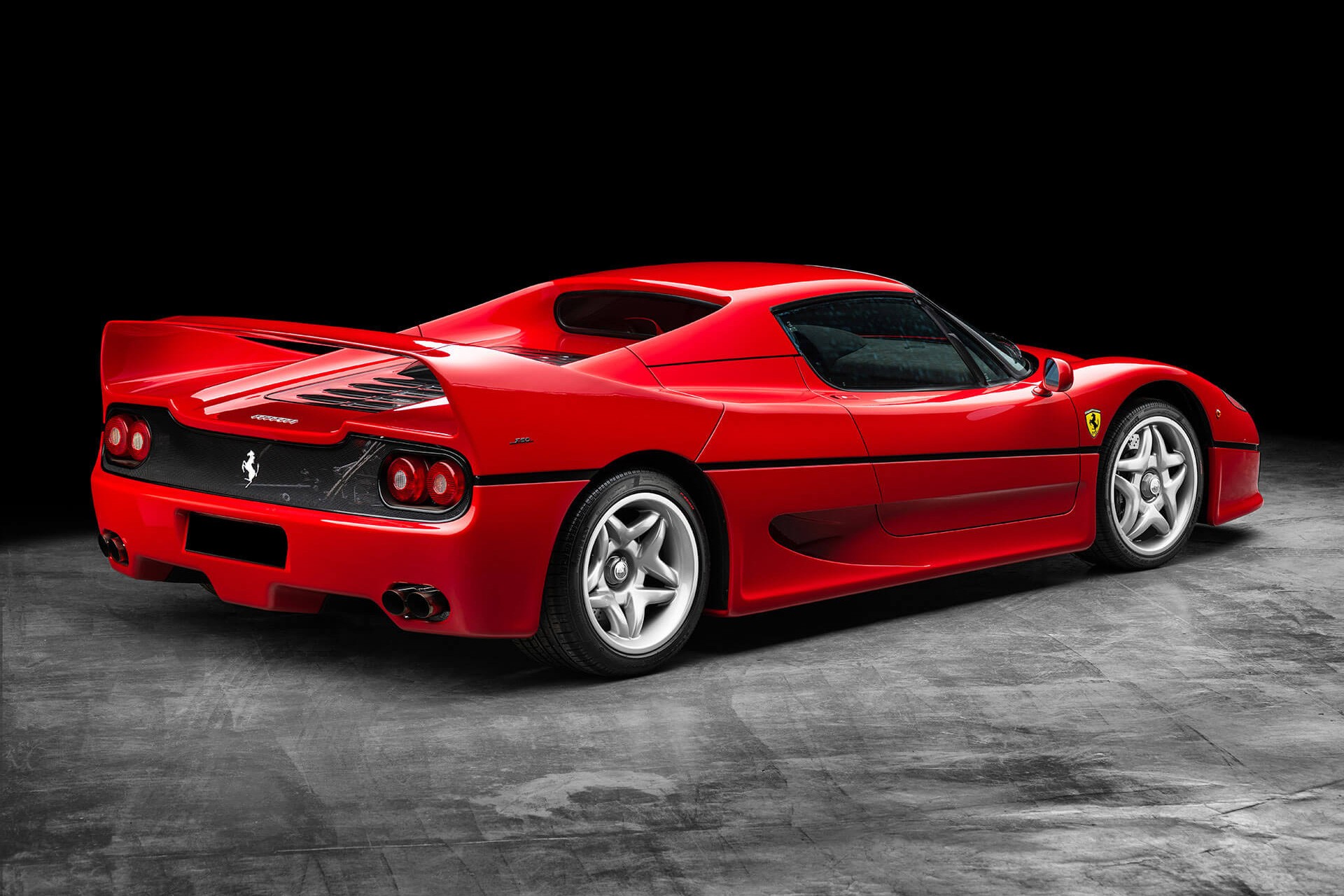
Ferrari F50 Engine 1996 Ferrari F50 Gt Ferrari Supercars Net International News Today Headlines
Fast and Free Shipping On Many Items You Love On eBay. Looking For F50 Gt? We Have Almost Everything On eBay.

Was The Ferrari F50 GT The Greatest Car To Never Race? Motorious
F50. Created to celebrate Ferrari's 50th anniversary, the F50 was the closest thing to a road-going Formula 1 car the company had ever built. Given its uncompromising, purist approach to high performance, the F50 was devoid of power steering, power assisted braking and ABS, but made extensive use of sophisticated composite materials, F1-style.
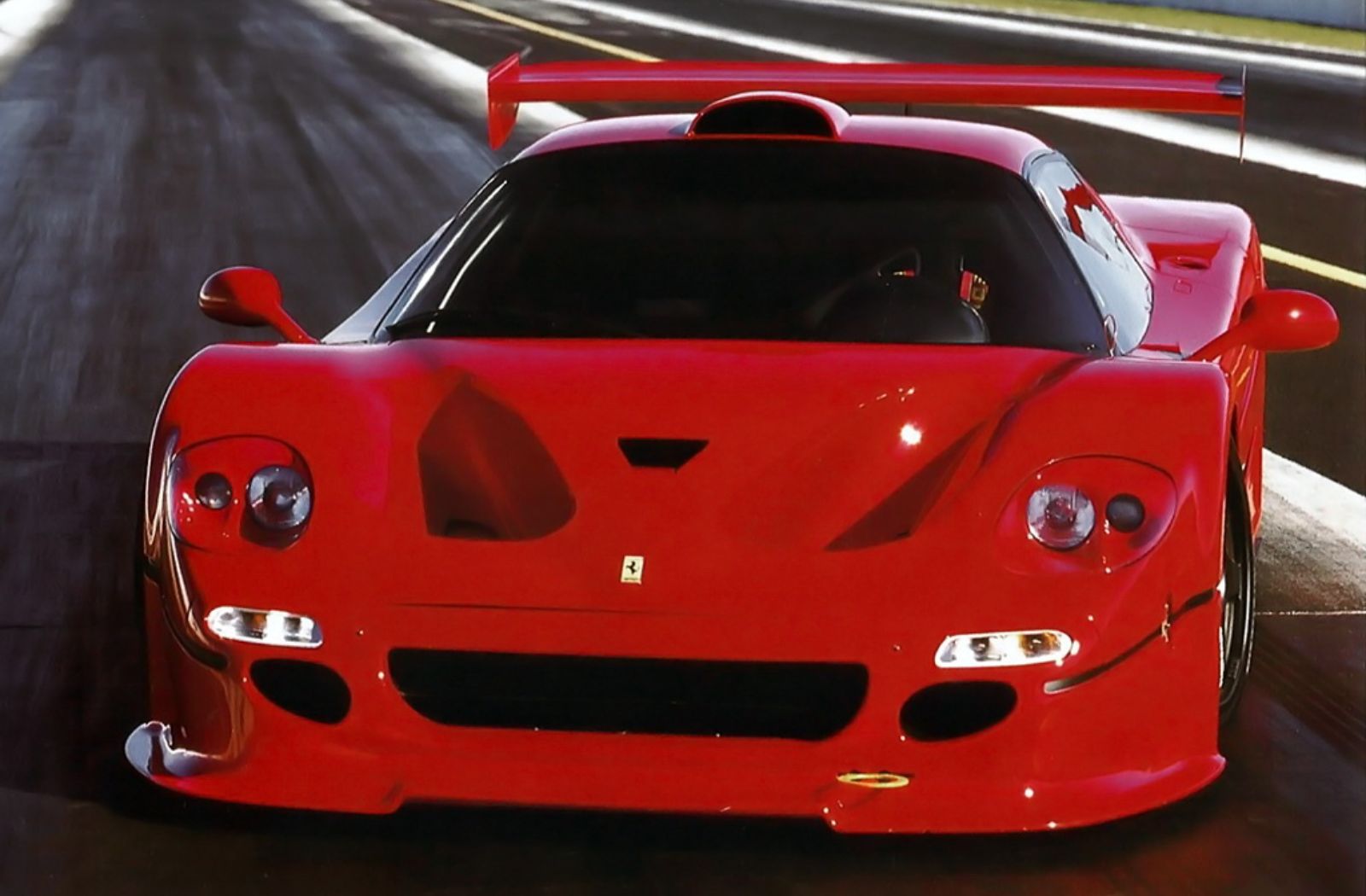
Ferrari F50 GT The GT1 Race Car With an F1 Engine That Never Got To Compete autoevolution
With this, a beast was born as the Ferrari F50 GT began setting new records on the test track in Maranello. It was never officially confirmed but the F50 GT was benchmarked with a 0-100 km/h (0-60 mph) time of 2.9 seconds and a top speed of 380 km/h (236 mph).

Was The Ferrari F50 GT The Greatest Car To Never Race? Motorious
The Ferrari 333 SP's derivative 5.0-liter V12 engine was able to produce a whopping 739 hp. The materials used on the Ferrari F50 GT, as well as its low center of gravity and lightweight aluminum rims, reduced the car's weight by 441 lbs! Although it was never officially confirmed, it was said that with the F50 GT's sequential six-speed.

Ferrari F50 GT Forza Motorsport Wiki FANDOM powered by Wikia
The Ferrari F50 (Type F130) is a mid-engine sports car manufactured by Italian automobile manufacturer Ferrari from 1995 until 1997. Introduced in 1995, the car is a two-door, two seat targa top. The car is powered by a 4.7 L naturally aspirated Tipo F130B 60-valve V12 engine that was developed from the 3.5 L V12 used in the 1990 Ferrari 641.

1996 Ferrari F50 GT One of three Classic Driver Magazine
Embracing a purist dedication to performance, the F50 trusted the driver for control — it was devoid of power assisted braking, anti-lock brakes, and power steering. At its debut, the Ferrari F50 price was $475,000, but its limited production run and the increasing popularity of the Ferrari brand over time has driven collectors' model.

Was The Ferrari F50 GT The Greatest Car To Never Race? Motorious
The Ferrari F50 GT driving around Fiorano in a test in 1996 with Nicola Larini behind the wheel. The V12 engine placed in a longitudinal position had 4,7 liters and was derived, according to Ferrari, from the one used by the 640, the 1 Formula 1989 car. Its power reached 520 CV at 8.000 turns, with a torque of 471 Nm at 6.500 rpm.
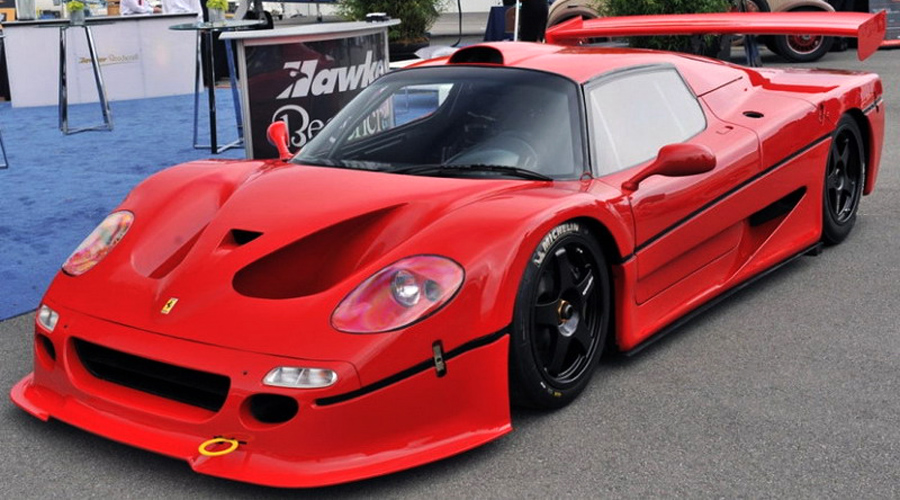
1996 Ferrari F50 GT One of three Classic Driver Magazine
Discover the Ferrari F50 GT, the sport prototype launched in 1996 powered by an engine of 4698.50 cc: the history of Ferrari's Garage. Share. Moments Garage. 1947. 456 GTA 550 Maranello F50 GT F310. 1997. 355 F1 GTS 355 F1 Spider 355 F1 Berlinetta F310 B. 1998. 456M GTA 456M GT F300. 1999. 360 Modena F399. 2000. 360 Challenge 550 Barchetta.
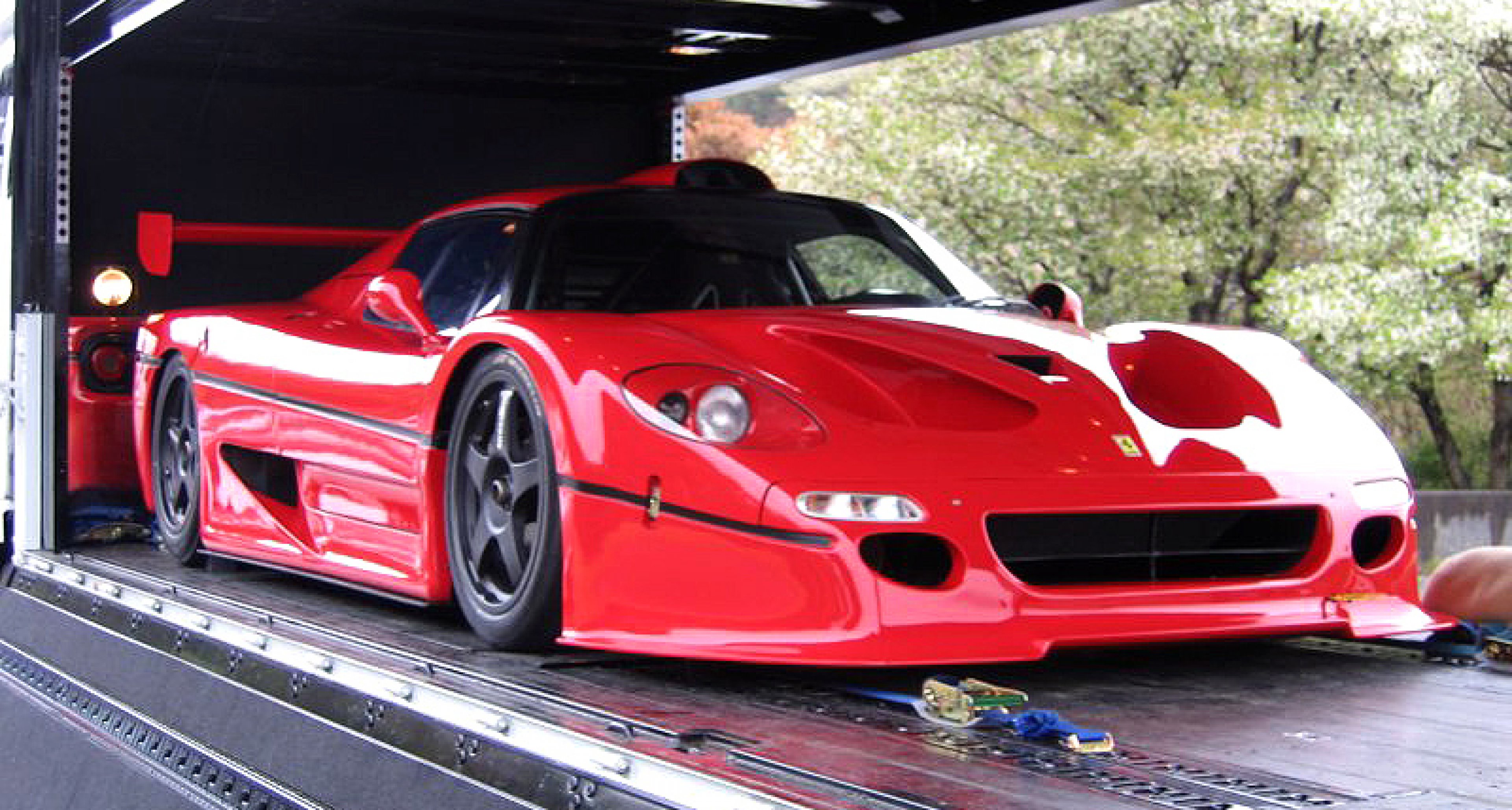
1996 Ferrari F50 GT One of three Classic Driver Magazine
Described as an F1 racer for the streets, the F50 already incorporated many racing car design features. Outwardly the F50 GT was easily recognizable through its altered nose and rear wing. Like the road going V12, the GT's engine displaced exactly 4.7 litres, but it was extensively modified to produce 750 bhp, an increase of well over 200 bhp.
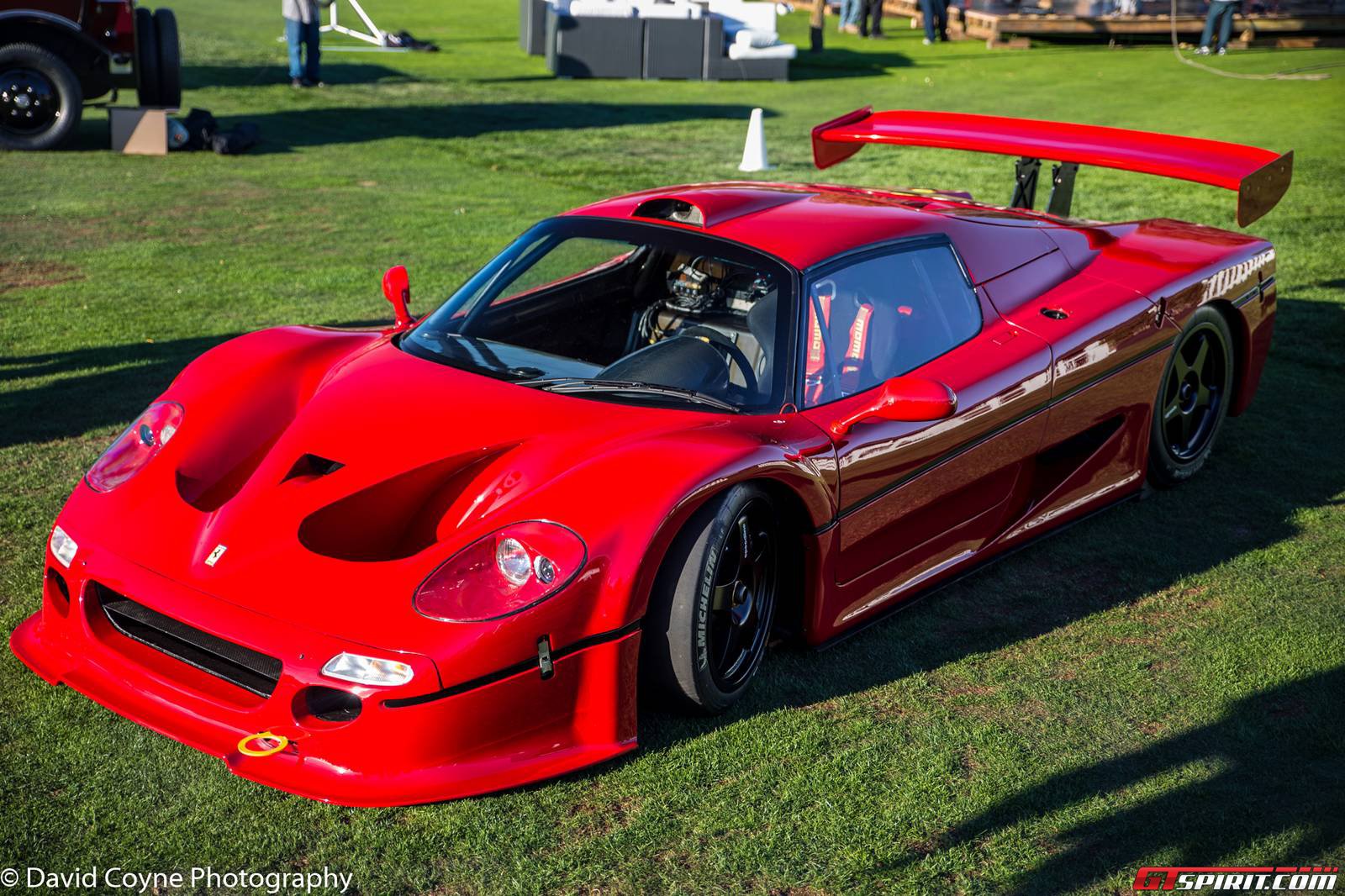
UltraRare Ferrari F50 GT One of Three in the World! GTspirit
The Ferrari F50 GT was a derivative of Ferrari's F50, intended for use in the BPR Global GT Series. However, Ferrari decided not to put the F50 GT into production, and only three cars were sold to the public; the prototype and two assembled specially for prominent customers. The entrance of homologation-specials such as the Porsche.

F50 GT The Greatest Car That Never Raced The Collectors Circle
Ferrari F50 (1995 to 1997) CMB $4,169,217. . FOLLOW MARKET. The Ferrari F50 (Type F130) is a mid-engine range-topping sports car manufactured by Italian automobile manufacturer Ferrari from 1995-1997. Introduced in 1995, the car is a two-door, two seat targa top. The car is powered by a 4.7 L naturally aspirated Tipo F130B 60-valve V12 engine.

Ferrari F50 GT The GT1 Race Car With an F1 Engine That Never Got To Compete autoevolution
Ferrari F50 GT. Like the F40 LM that came before it, the F50 GT was designed with motorsport in mind. As the name suggests, the car was designed and constructed for GT1-class racing. The F50 GT saw numerous changes over the original F50, including a fixed roof, new front spoiler and bumpers as well as large rear wing on the car to produce.

Reddit Dive into anything
1996 Ferrari F50 GT To celebrate Ferrari's golden anniversary, the F50 was released and sold as a limited edition supercar. It followed the footsteps of the 288 GTO and F40 by focusing on motor sports engineering with little concessions for passenger comfort. A highlight of the F50 was its rigidity. It had no front, rear or engine subframes and featured a solid mounted chassis, with little.

Ferrari F50 GT The GT1 Race Car With an F1 Engine That Never Got To Compete autoevolution
Ferrari F50 GT. The F50 was used as the platform for the F50 GT which was designed for the international GT competition class. Three were built with the assistance of Dallara and ATR but the car was developed entirely in-house by Ferrari. Aesthetically, the most notable changes with respect to the road car were an air intake on the roof, a.